Gallium nitride picks up where silicon ends — it's stronger, runs cooler, and is finally cost-effective enough to end up in cheap devices like wall chargers.
Like most everyone else I have a pile of random phone chargers that sits mostly unused. I've recycled all the horrid low-power ones that used to be good enough to charge a phone and kept the best USB-C chargers, but still have more than I'll ever need. I even have a good many that support USB-C Power Delivery so I really don't care that phone makers pretend to care about the environment and don't include one in the box.
I also rarely use any of them, because I have one that's a lot better in every way. You see it in the photo above, where it looks like just another charger, but it's actually a 100-watt Aukey USB Type C gallium nitride charger. It's a little bigger than the crummy charger that used to come with every phone, but it's also powerful enough to charge two laptops at the same time and barely gets warm to the touch.
That's because of GaN: gallium nitride. It's something we all should care about and I'll tell you why.
What is GaN?
You've seen above that GaN is short for gallium nitride, but that doesn't do much to tell you what it is. If you ask an engineering nerd what it is they would tell you that GaN is a compound that can be used as a direct bandgap semiconductor material for manufacturing things like transistors and diodes, was first used in the early 1990s in the manufacture of LEDs, and its wide bandgap of 3.2 eV makes it capable of handling higher voltage and higher operating temperatures compared to silicon.
That's not very useful to most of us, either. It's important because those are the reasons so many companies spent so much time developing ways to use GaN — it's a very efficient and very powerful semiconductor material. You'll find GaN used in a lot of different applications ranging from radiation-proof transistors for satellites to power amplifiers for microwave equipment. Most importantly for us, you'll also find it in the best small GaN wall chargers.
Silicon versus GaN
In most situations, GaN has replaced silicon where possible. Silicon is one of the most common materials on Earth and without it electronics would have never advanced beyond the vacuum tube. Silicon almost single-handedly drove the invention of the semiconductor and the invention of what's called a silicon MOSFET (metal-oxide-silicon field-effect transistor) is why we have computers and most other digital devices today. Silicon and the various ways to use it in building electronics was a remarkable breakthrough.
But the practical uses of silicon have peaked — it just can't continue to meet the demand for newer and potentially better ideas and inventions. According to a representative from GaN Systems, a company that manufactures GaN transistors and develops new applications for them, "we are reaching the theoretical limit on how much silicon MOSFETs can be improved and how power-efficient they can be."
Of course, a company that makes GaN components is going to feel this way, but the science backs up the assertion. Without going deep into a rabbit hole filled with engineering terms, GaN semiconductors can sustain higher voltages for a longer time and survive temperatures that would melt silicon semiconductors. Current travels faster through GaN semiconductors, too, which means they are much more efficient, lose less power when switched, and run much cooler under the same load.
GaN is safer than silicon, more heat-resistant than silicon, carriers higher voltages than silicon, and is more efficient than silicon.
Finally, GaN semiconductors take up less space on a circuit board, so smaller devices can reliably transfer an equal amount of power or even more power than a silicon-based equivalent. GaN is better in almost every measurable way.
What held back the use of GaN in cheap, disposable consumer goods — and yes, to the global giants that make things like phone chargers they are just cheap and disposable — was the cost. Those costs are slowly lowering with advancements like using GaN on top of silicon so existing factories can produce equipment, and we are very close to a point where using GaN over silicon is cost neutral because of the positive side effects: GaN components reduce the size and cost of other components and it's better efficiency means a business can meet more stringent environmental standards.
Why we should care
I've said a lot about how GaN is used, why it's used, and why the entire electronics industry will slowly migrate towards it. Better, stronger, faster, and all that. But why should we care? The answer is really simple — not all chargers are created equal.
Android Central reached out to Christopher Rolland, A semiconductor Analyst at Susquehanna International Group with a simple question: What makes GaN better for the industry, and what makes its use better for consumers? His insightful reply is straight to the point and I can't agree more:
Versus the traditional CMOS (silicon), GaN allows for higher voltage in a small form factor, without heat loss or dissipation. In other words… you can charge your stuff faster with a smaller power brick that won't overheat.
Not because you need the tiny power brick that can charge your phone to get even smaller, but because you can get a power brick just as tiny that can charge your phone faster. Or charge it without getting hot. Or charge more than one device at a time.
I have one charger that charges everything. And I mean everything.
You can even buy a charging brick that's a little bigger that's able to replace two traditional laptop power bricks inside your travel bag. Oh, it also charges your phone, your tablet, your camera, and your headphones, too.
Companies making GaN chargers feel the same way. while reaching out to several popular manufacturers like Aukey or Belkin, I was told the same thing over and over: GaN allows us to make products that fit the customers' needs better than ever before. It's true — who among us doesn't want a charger that's able to deliver more power, is smaller, and is safer all at the same time?
With the costs coming down and more manufacturers offering high-power GaN chargers, there is no reason you shouldn't buy one the next time you need a way to get power from the wall to your phone or another gadget.
A powerful, versatile GaN charger
Anker Nano II 45W
This 45W charger is smaller than most 30W chargers, thanks to what Anker calls "GaN II" chips, making it even more efficient and limiting heat buildup. The folding prongs also make it perfect for travel.
from Android Central - Android Forums, News, Reviews, Help and Android Wallpapers https://ift.tt/3zcYNeu
via IFTTT
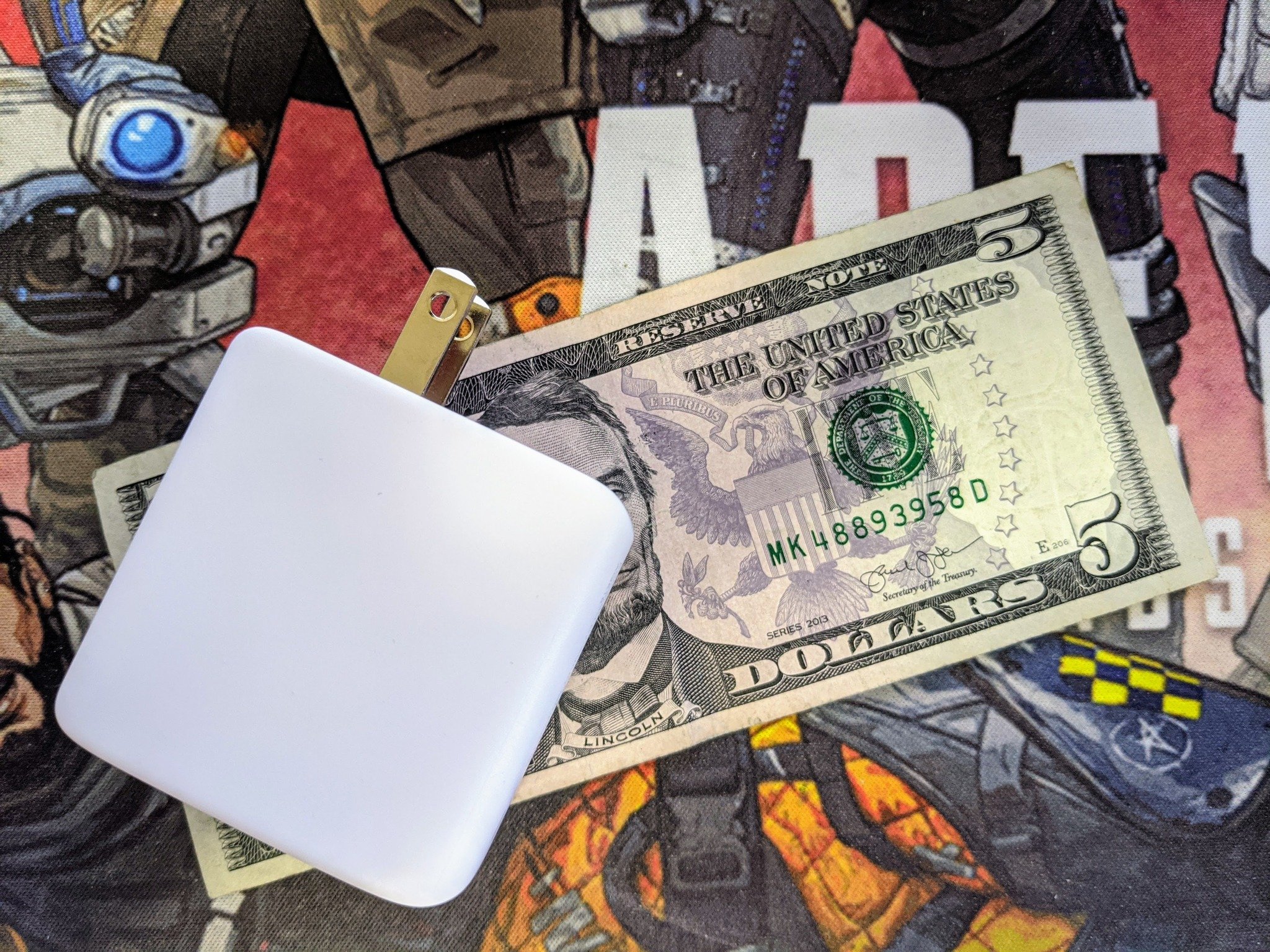
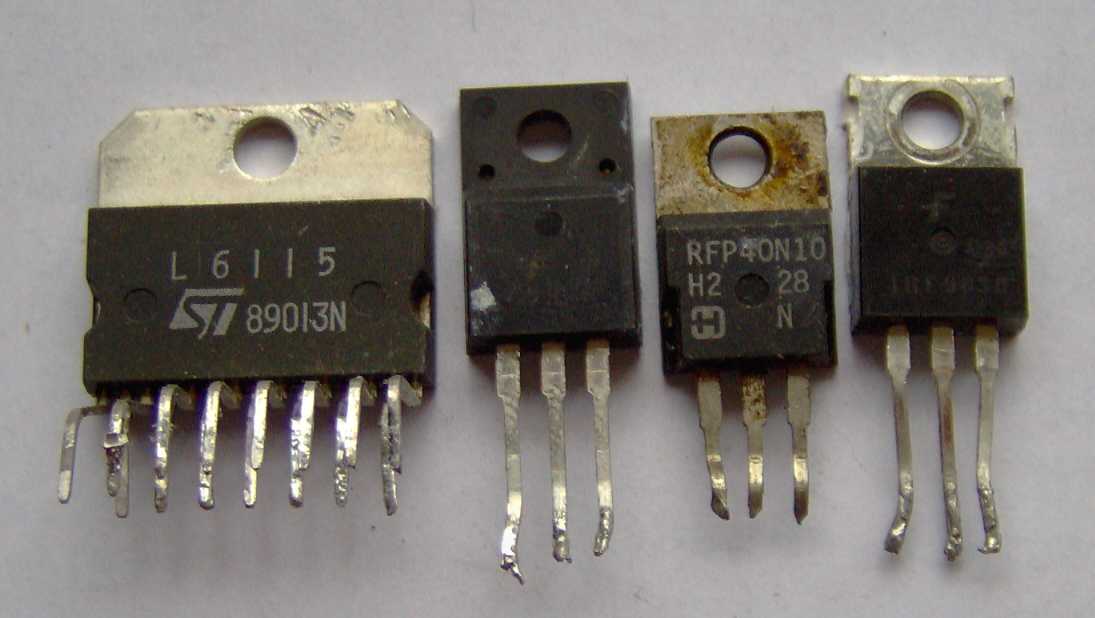

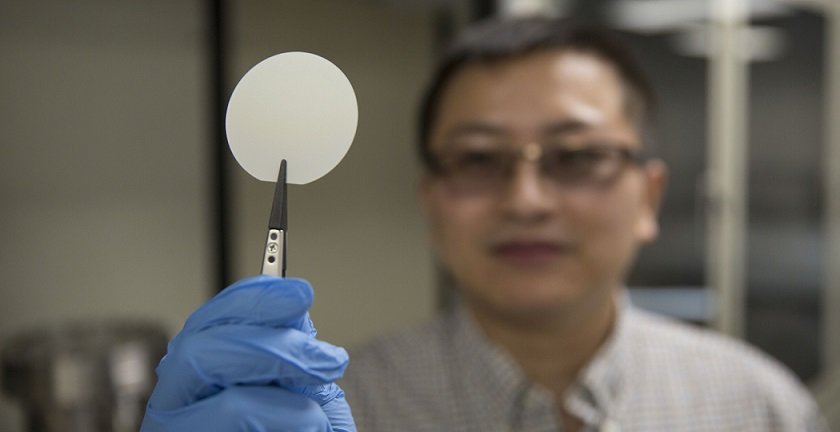
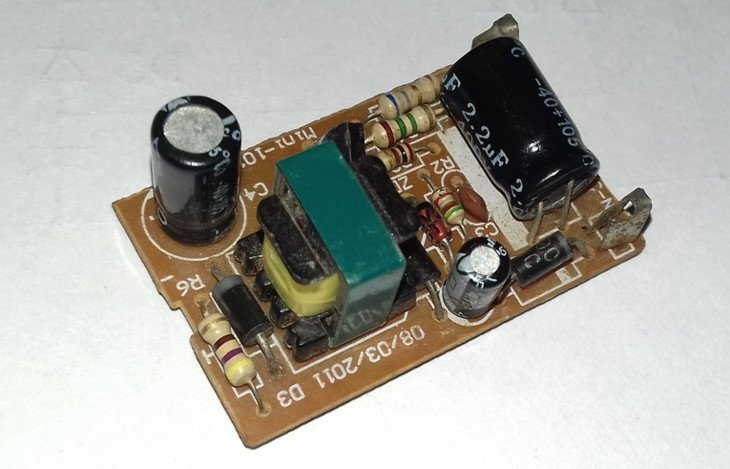
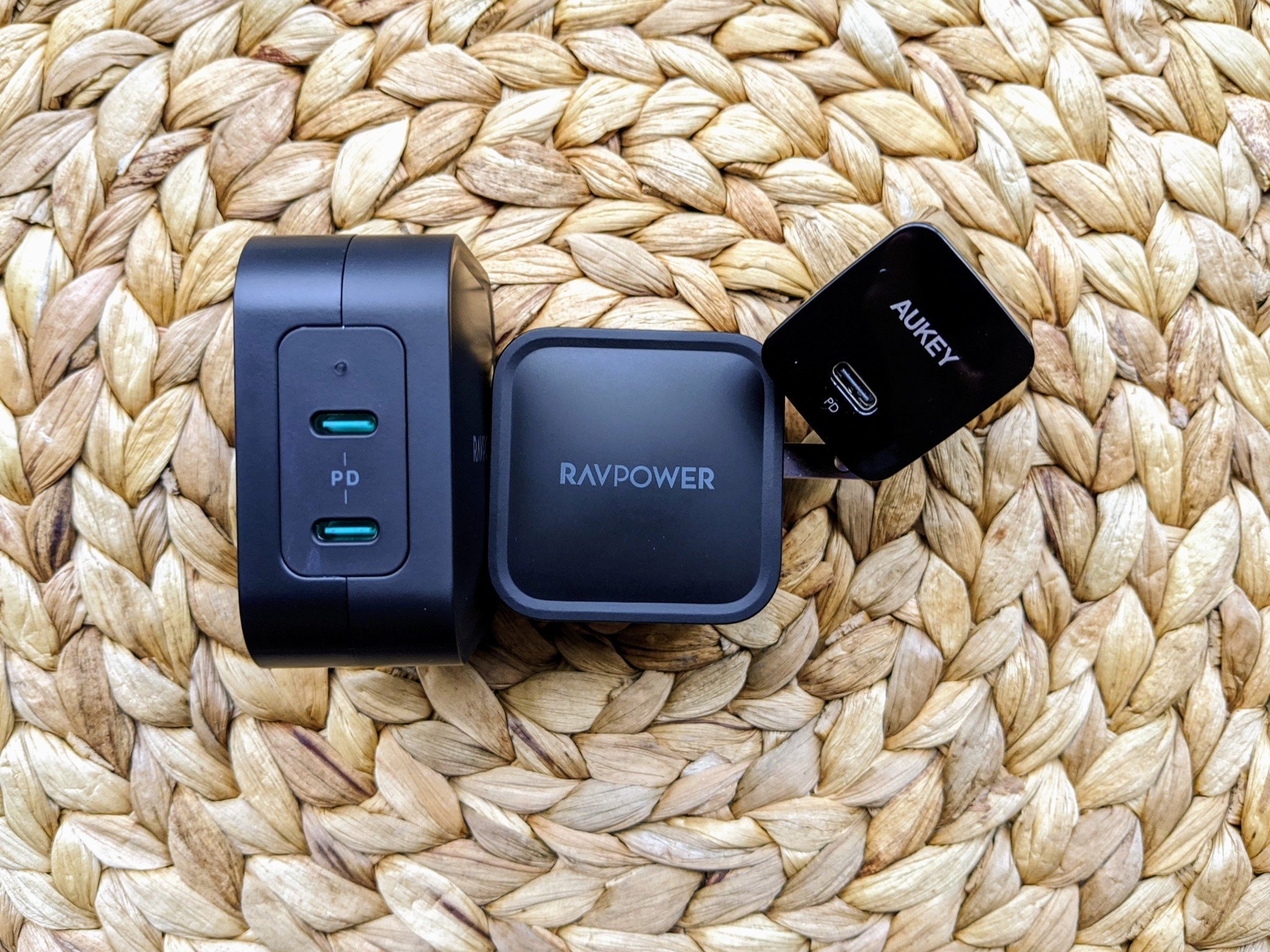
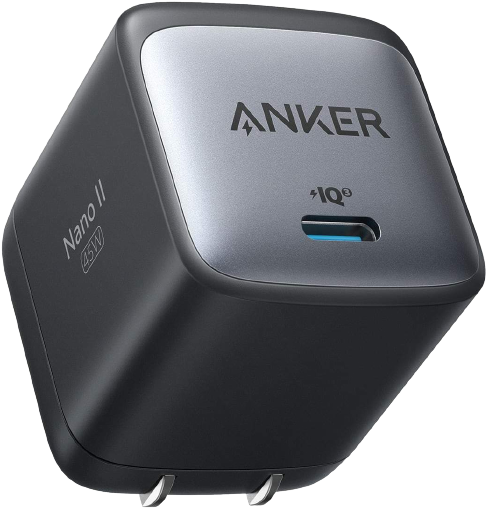
No comments:
Post a Comment